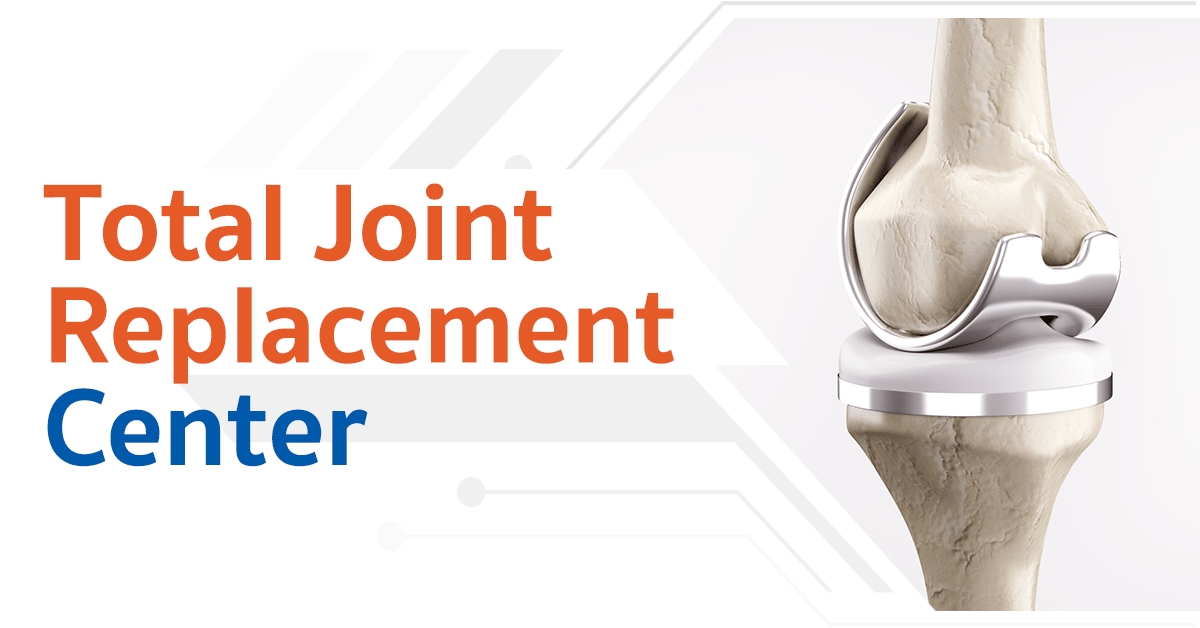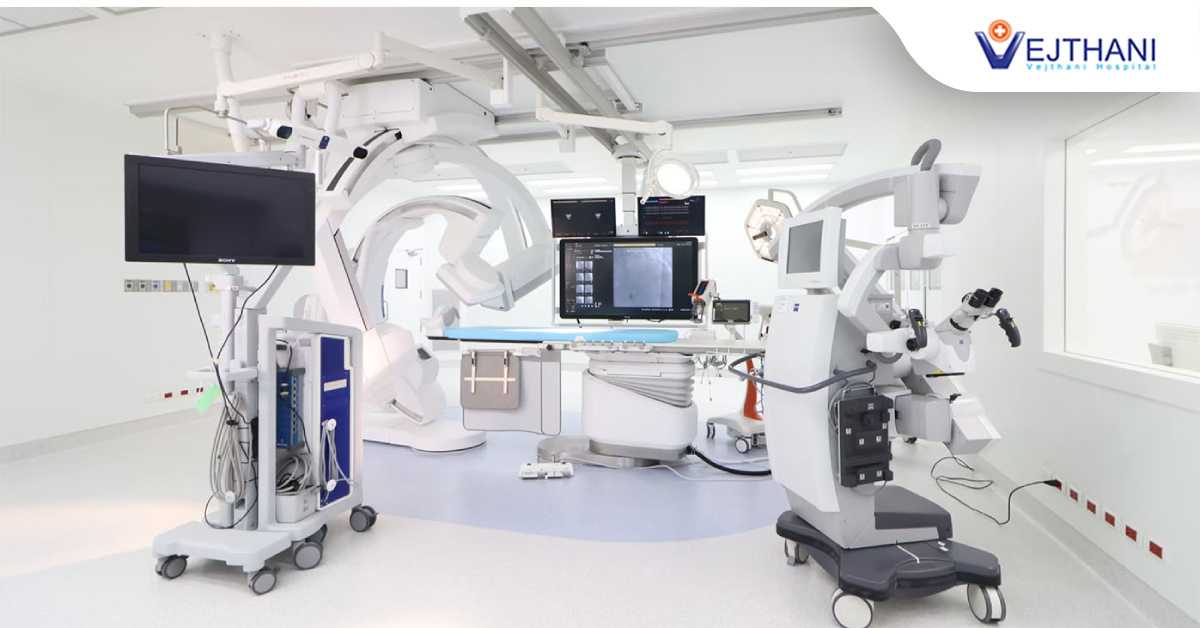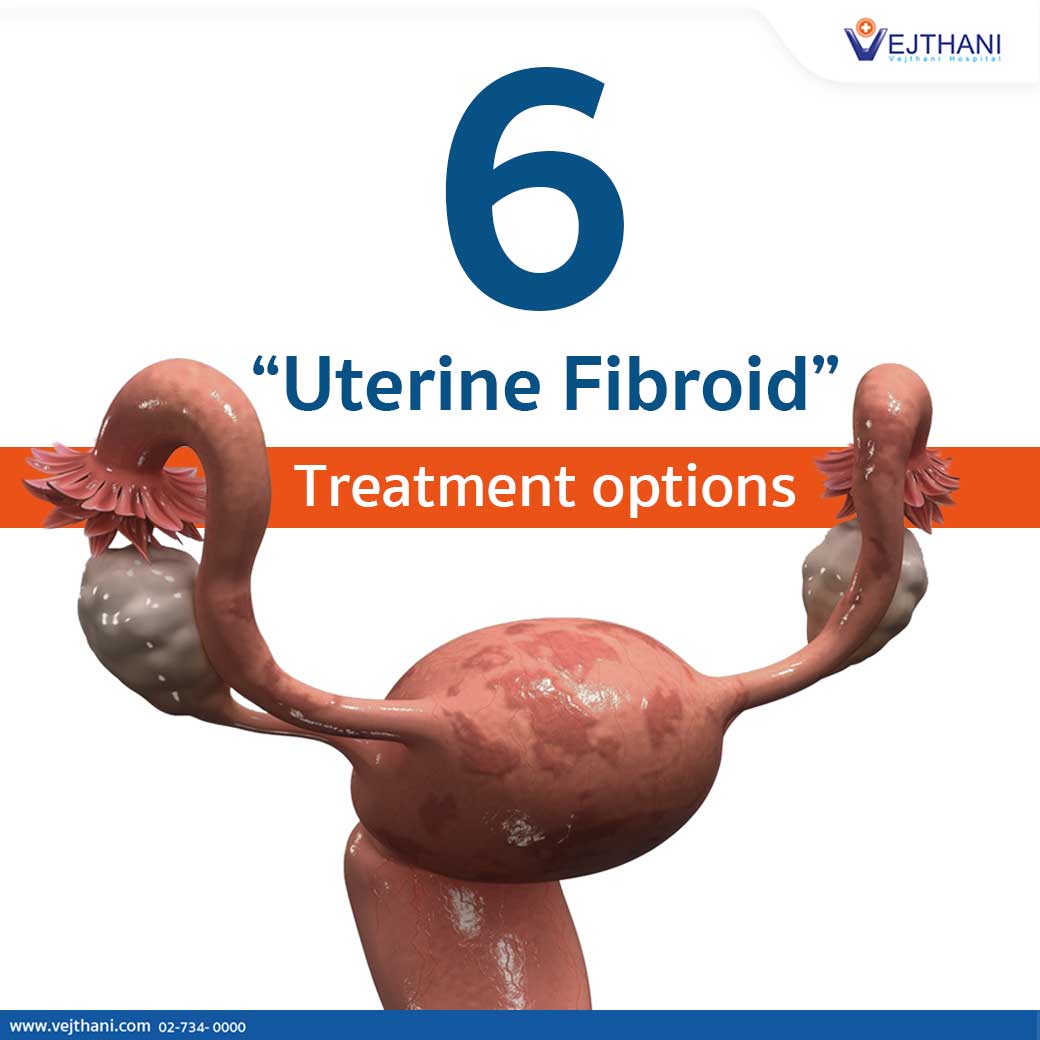When a uterine fibroid has been found, don’t panic because there are many treatment options for you to choose from.
- Monitor the symptoms and the fibroid’s size: This option is recommended for the case that has no any complications and is not at risk. The doctor will recommend the patient to undergo the ultrasound every 3 – 6 months periodically.
- Medication to control the symptoms: Birth control medicine will be used to reduce the menstrual flow and cramp during the period. However, it cannot reduce the fibroid’s size. Birth control medicine can be in a form of pill, injection, contraceptive implant, or progestin-releasing IUD.
- Medication for fibroid’s size reduction: The Ulipristal will be used to reduce the fibroid’s size and it’s able to reduce around 20% of the size. The Ulipristal is also able to reduce more than 90% of the blood amount during heavy menstrual flow.
- GnRH Agonist Therapy: GnRH agonist is a type of medication administered by injection. The GnRH agonist will be used to reduce the fibroid’s size. The GnRH agonist is not recommended to use for over 6 months because it causes bone wastage. Thus, the doctor usually choose this treatment option to reduce the fibroid’s size before the surgery in order to reduce the blood loss during the surgery.
- Surgical Treatment: It might be a uterine fibroid removal or uterus removal surgery. It depends on the size of the fibroid, the needs of the patient, and the doctor’s consideration. If the patient still has a plan to have kids, the doctor will try to keep the uterus and remove the fibroid. However, if the fibroid’s size is too big and it’s at risk, the uterine fibroid removal surgery might be too risky. Hence, the doctor will recommend uterus removal surgery instead. There are two common surgical techniques such as the Traditional Open surgery and the Laparoscopic surgery. The advantages of laparoscopic surgery are small surgical incision, less pain, and shorter recovery time. Besides laparoscopic surgery, there is also a scarless surgical technique called Natural orifice transluminal endoscopic surgery or NOTES.
- Others: Embolization is a special treatment procedure that the surgeon needs to coordinate with the radiologist and it’s not suitable for every patient.
In conclusion, the patient should consult with the doctor in order to receive a proper treatment and best outcome.
Contact us for more information at
Women’s Health Center https://bit.ly/3InqULr
Call 02-734-0000 ext. 3200, 3204
- Readers Rating
- Rated 5 stars
5 / 5 ( Reviewers) - Spectacular
- Your Rating


























